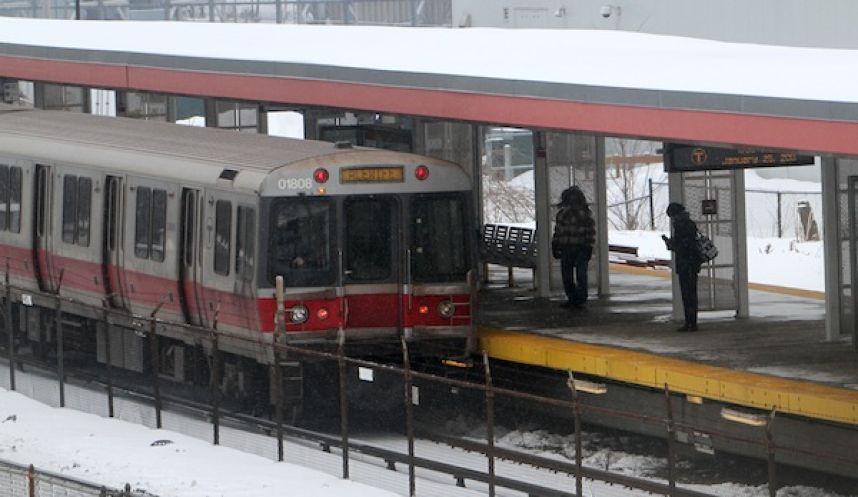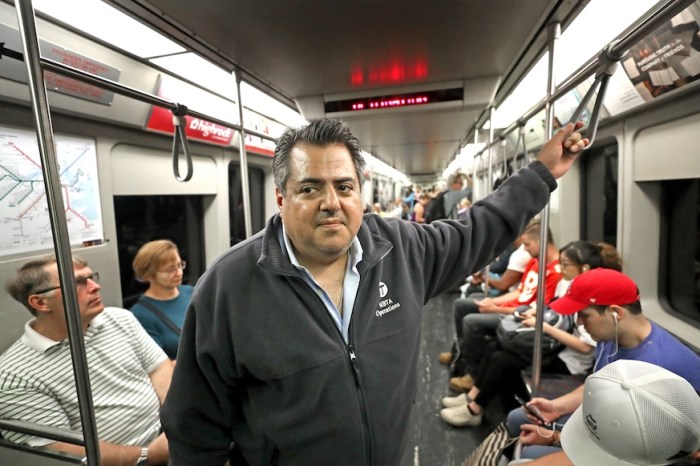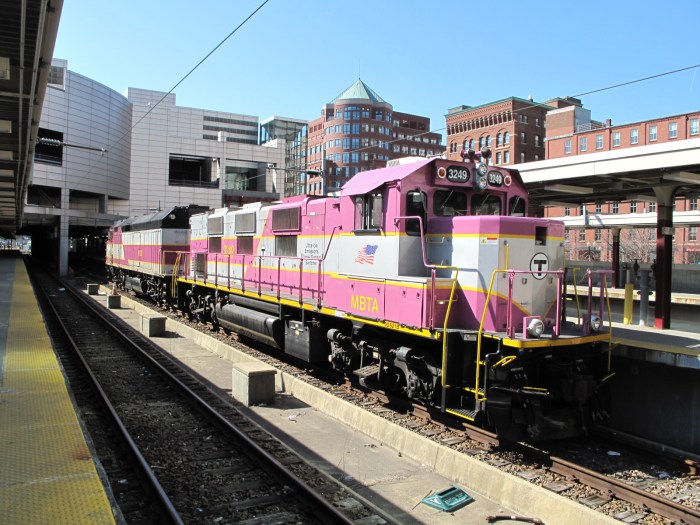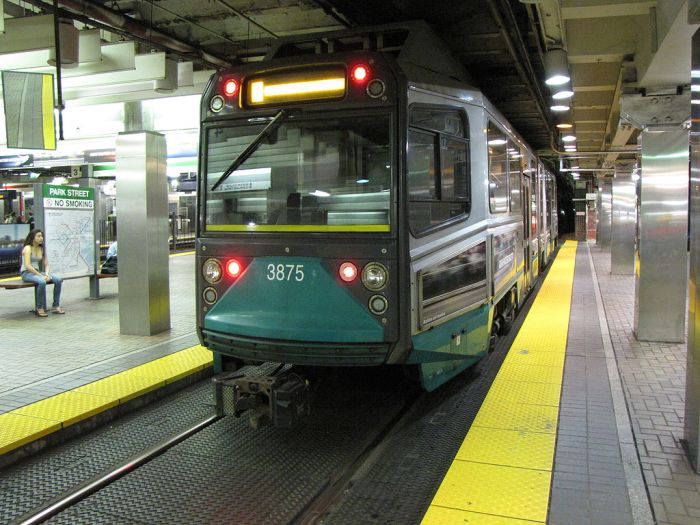With summer squarely in the rearview mirror, the MBTA is turning its attention to winter and its ability to reliably operate services when the snow flies.
The T has updated the winter resiliency plan it put in place in the wake of the disastrous winter of 2015 based on what did and did not work last winter, has trimmed or removed trees that threatened to bring down overhead wires along the Green Line, and new General Manager Luis Ramirez is moving to forge better and more direct relationships between MBTA management and the state’s utility companies, officials said.
The T has also taken steps to ensure it will have the power to operate critical parts of the system even if it loses electricity service during a storm. Deputy General Manager Jeff Gonneville said Monday that the T has purchased more than 50 backup generators, including a 1.5-megawatt generator that could single-handedly help keep portions of the system operational.
“The MBTA has the power to, at our South Boston power plant, provide traction power to our system. But if, for whatever reason, we lost that backup power plant and substation … there is the risk we could not operate our system,” Gonneville told the T’s Fiscal and Management Control Board on Monday. “The idea with this now new large generator is it gives us the ability to place it where necessary and provide us additional power feeds to back up our South Boston power plant should there be a significant loss of power.”
But that generator will not be available if a serious storm hits early in the winter. It cannot be used without a specific transformer and that transformer is not due to be delivered to the MBTA until January, Gonneville said.
The T is preparing for winter along its tracks by replacing the covers that protect switches from the elements, making sure it has a stockpile of critical parts or components on hand, and refreshing training for employees.
Ramirez, who took the reins at the T last week after a career spent largely in the warmer climes of Texas, suggested that T administrators develop relationships with their counterparts at utility companies to ease coordination.
Those relationships currently exist between the T’s power department and the utilities, Gonneville said, but at Ramirez’s direction the T will “look to elevate those to a higher level.”
But before the T is pressed into snow and ice operations, the transit system might have to contend with a different type of storm.
With Hurricane Jose chugging north towards New England, Gonneville said the T is keeping an eye on the storm and its track. The T’s emergency operations center will be activated Tuesday evening and the T will move to 12-hour working shifts like it does during winter storms, Gonneville said.
The MBTA has a hurricane plan similar to its plan for winter storms, but Gonneville said “it does not appear as though we will have to evoke the full scale of the plan” with Jose.
After a conversation with then-acting general manager Brian Shortsleeve last summer, Gonneville said, he and his team took about eight months to put together a more comprehensive hurricane plan. Now, he said, the T is working to incorporate the RIDE and commuter rail service into its plan.
“The MBTA historically has had (a hurricane plan) but it was not at the standard that we have for our snow plan,” Gonneville said.



















